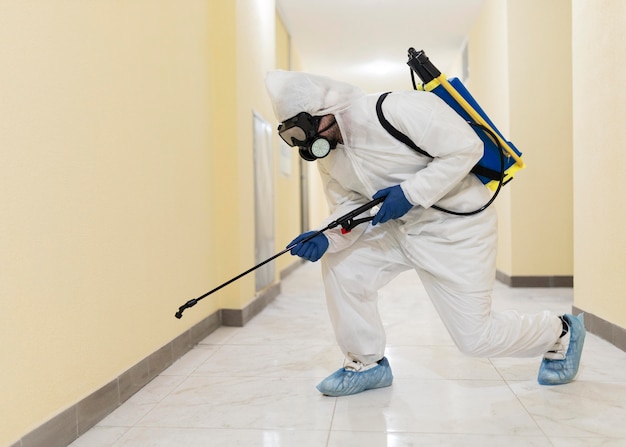
Comprehensive Termite Inspection in Frankford
Termites are silent destroyers that can cause significant damage to structures before their presence is even detected. In Frankford, where the climate can be conducive to termite activity, it is crucial to conduct regular termite inspections to protect properties from potential infestations. This article offers a comprehensive overview of termite inspections in Frankford, providing homeowners and property managers with essential information to safeguard their investments.
Understanding Termites and Their Impact
Termites are small insects that feed on cellulose, primarily found in wood. They can compromise the structural integrity of buildings by tunneling through wooden components. The damage caused by termites can be extensive and costly if not addressed promptly.
Types of Termites Found in Frankford
- Subterranean Termites: These termites are most common in Frankford. They build colonies underground and can access structures through cracks in the foundation.
- Drywood Termites: Less common in the area but still a threat, these termites infest dry wood and do not require contact with soil.
- Dampwood Termites: Attracted to wood with high moisture content, these termites are typically found in areas where wood is in contact with soil or water.
Learn more in this detailed guide on the different types of termites present in Frankford.
The Importance of Regular Termite Inspections
Regular termite inspections are crucial for early detection and prevention of extensive damage. These inspections help identify signs of termite activity before it becomes a significant problem.
Key Benefits of Termite Inspections
- Early Detection: Identifying termites early can prevent costly repairs and extensive damage to the property.
- Peace of Mind: Regular inspections provide reassurance that the property is safe from termite threats.
- Informed Decisions: Inspection reports provide detailed information that helps in making informed decisions regarding property maintenance and treatment options.
Explore further insights here about the importance of termite inspections.
What to Expect During a Termite Inspection
A comprehensive termite inspection involves a thorough examination of the property, both inside and out, to identify any signs of termite activity or damage.
Inspection Process
- Exterior Inspection: The inspector checks for signs of termite activity around the foundation, including mud tubes, wood damage, and areas with excessive moisture.
- Interior Inspection: Inside the property, the inspector checks basements, crawl spaces, and attics for evidence of termites, such as droppings, wings, or damaged wood.
- Use of Technology: Advanced tools like moisture meters and infrared cameras may be used to detect hidden termite problems.
Read more about this topic by visiting this link.
Post-Inspection Steps
After a termite inspection, it is essential to understand the findings and take appropriate actions based on the report provided by the inspector.
Recommended Actions
- Review the Report: Carefully review the inspection report to understand the extent of any termite activity or damage.
- Implement Preventative Measures: Address any conditions conducive to termite activity, such as fixing leaks and reducing wood-to-soil contact.
- Consider Treatment Options: If termites are detected, explore treatment options including chemical barriers, bait systems, or other control methods.
Find additional information on post-inspection steps here.